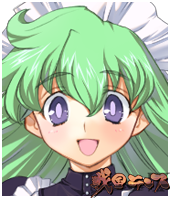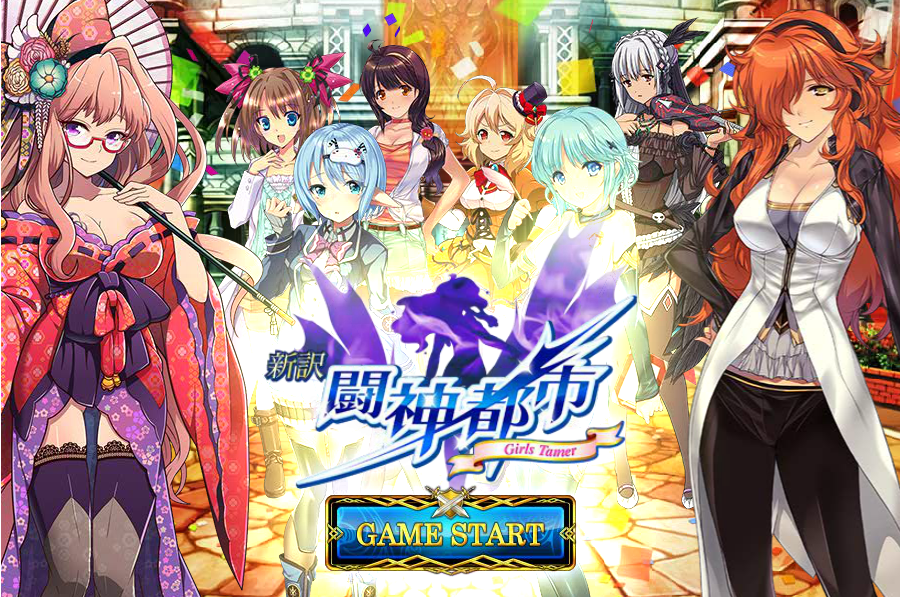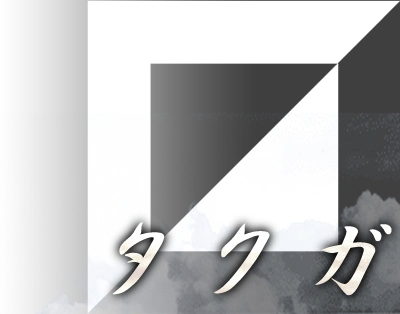
Hosokawa Takakuni defeats Hosokawa SumimotoĬhina suspends all trade relations with Japan due to the conflict Hosokawa Masamoto succeeds in the Coup of Meioīeginning of the Ryo Hosokawa War (the succession dispute in the Hosokawa family)

There are several events which could be considered the end of it: Nobunaga's entry to Kyoto (1568) or abolition of the Muromachi shogunate (1573), the siege of Odawara (1590), the Battle of Sekigahara (1600), the establishment of the Tokugawa shogunate (1603), or the siege of Osaka (1615). The Ōnin War in 1467 is usually considered the starting point of the Sengoku period. After Tokugawa Ieyasu's final victory at the siege of Osaka in 1615, Japan settled down into over 200 years of peace under the Tokugawa shogunate.
#Sengoku rance demon army series#
The period culminated with a series of three warlords – Oda Nobunaga, Toyotomi Hideyoshi, and Tokugawa Ieyasu – who gradually unified Japan.

The conflict in Kyoto then spread to outlying provinces. Fighting in and around Kyoto lasted for nearly 11 years, leaving the city almost completely destroyed.

The "eastern" army of the Hosokawa family and its allies clashed with the "western" army of the Yamana. The Ōnin War (1467–1477), a conflict rooted in economic distress and brought on by a dispute over shogunal succession, is generally regarded as the onset of the Sengoku period. As early as the beginning of the 15th century, the suffering caused by earthquakes and famines often served to trigger armed uprisings by farmers weary of debt and taxes. Combined with developments in agriculture and small-scale trading, this led to the desire for greater local autonomy throughout all levels of the social hierarchy. As trade with Ming China grew, the economy developed, and the use of money became widespread as markets and commercial cities appeared. Many of these lords began to fight uncontrollably with each other for control over land and influence over the shogunate.
#Sengoku rance demon army code#
Although the Ashikaga shogunate had retained the structure of the Kamakura shogunate and instituted a warrior government based on the same socio-economic rights and obligations established by the Hōjō with the Jōei Code in 1232, it failed to win the loyalty of many daimyō, especially those whose domains were far from the capital, Kyoto. In the years preceding this era, the shogunate gradually lost influence and control over the daimyōs (local lords). ( June 2022) ( Learn how and when to remove this template message)ĭuring this period, although the Emperor of Japan was officially the ruler of his nation and every lord swore loyalty to him, he was largely a marginalized, ceremonial, and religious figure who delegated power to the shōgun, a noble who was roughly equivalent to a general. Please help to improve this article by introducing more precise citations. This article includes a list of references, related reading or external links, but its sources remain unclear because it lacks inline citations. Modern Japan recognizes Oda Nobunaga, Toyotomi Hideyoshi, and Tokugawa Ieyasu as the three "Great Unifiers" for their restoration of central government in the country. The Sengoku period was named by Japanese historians after the similar but otherwise unrelated Warring States period of China. The Sengoku period ended when Toyotomi loyalists were defeated at the siege of Osaka in 1615. Tokugawa Ieyasu displaced Hideyoshi's young son and successor Toyotomi Hideyori at the Battle of Sekigahara in 1600 and re-established the feudal system under the Tokugawa shogunate. Hideyoshi launched the Japanese invasions of Korea in 1592, but their eventual failure damaged his prestige before his death in 1598. Nobunaga's successor Toyotomi Hideyoshi completed his campaign to unify Japan and consolidated his rule with numerous influential reforms. Oda Nobunaga dissolved the Ashikaga shogunate in 1573 and launched a war of political unification by force, including the Ishiyama Hongan-ji War, until his death in the Honnō-ji Incident in 1582. The arrival of Europeans in 1543 introduced the arquebus into Japanese warfare, and Japan ended its status as a tributary state of China in 1549. Various samurai warlords and clans fought for control over Japan in the power vacuum, while the Ikkō-ikki emerged to fight against samurai rule. The Sengoku period was initiated by the Ōnin War in 1467 which collapsed the feudal system of Japan under the Ashikaga shogunate.

The Sengoku period ( 戦国時代, Sengoku Jidai, "Warring States period") was a period in Japanese history of near-constant civil war and social upheaval from 1467–1615.


 0 kommentar(er)
0 kommentar(er)
